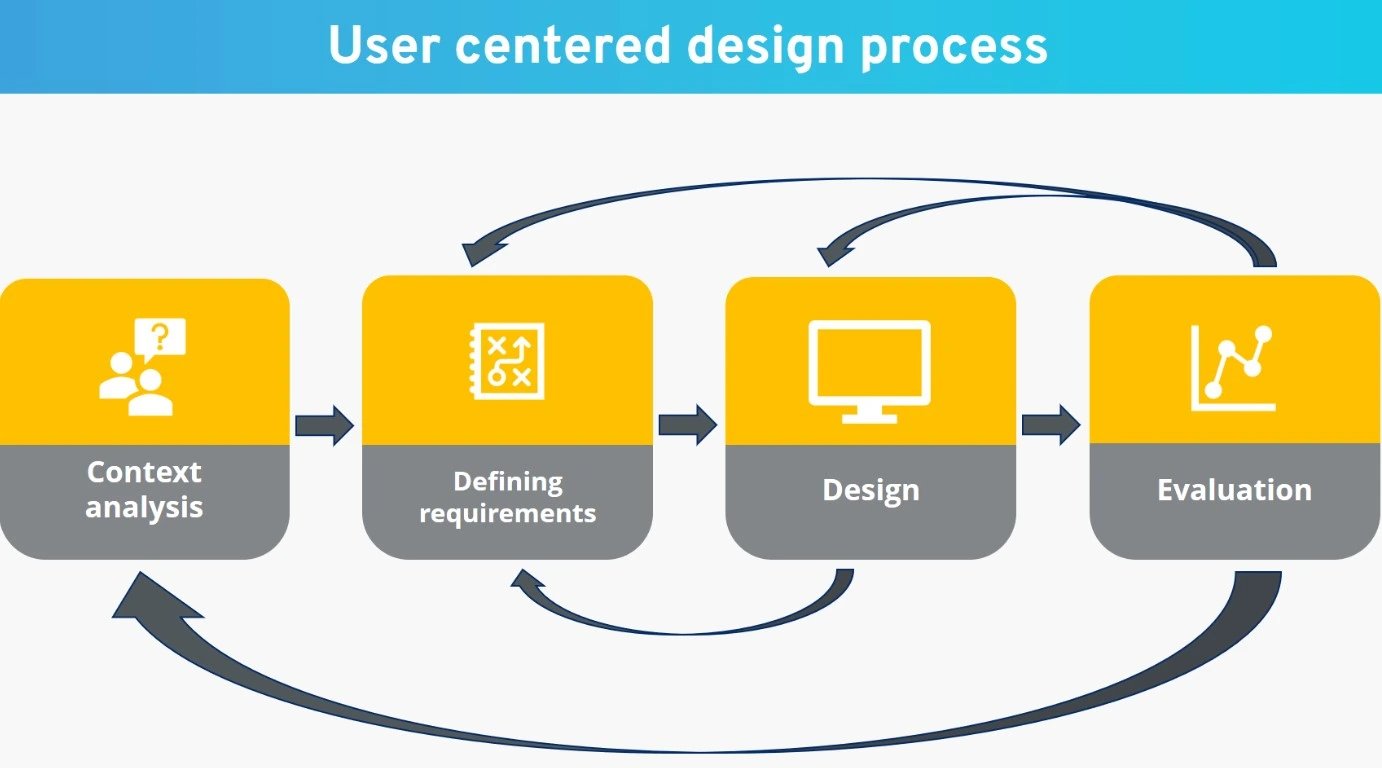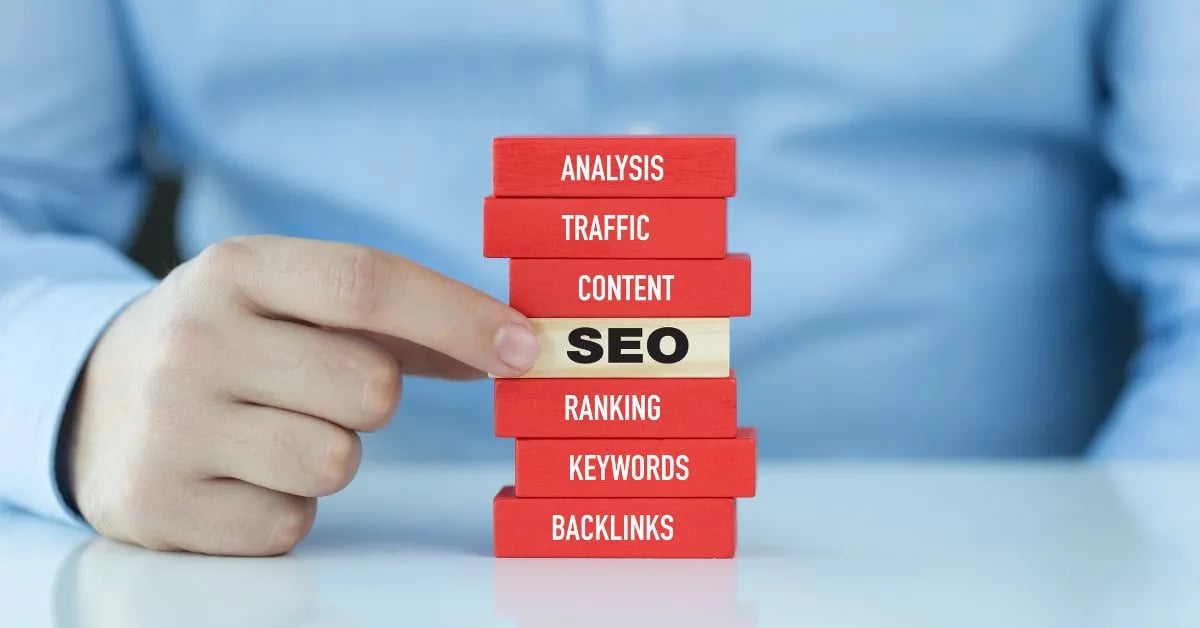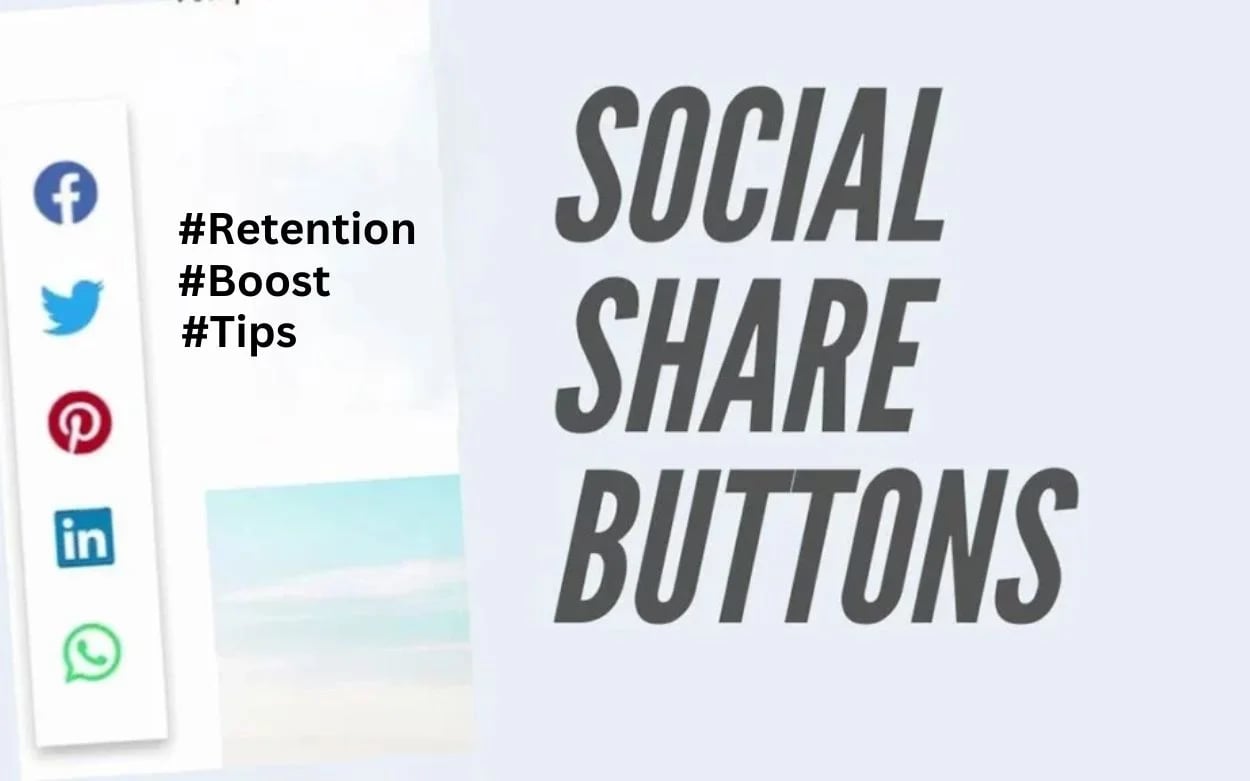
Over this concise guide, you’ll discover 10 proven tactics to sharpen your digital marketing with guidance rooted in Mister Nguyen Agency experience, including SEO services and PPC management, social media marketing and content strategy, email campaigns, analytics and reporting, web design, branding, conversion rate optimization, and influencer partnerships; you’ll learn how to prioritize channels, measure ROI, optimize funnels, and scale campaigns so your marketing drives measurable growth and sustainable customer engagement.
Crafting Unforgettable Brand Narratives

Stories stitch product features to user aspirations, so you align messaging across SEO, content marketing, social media management, email, and PPC to form a single, memorable narrative. Consistent presentation can boost revenue—Lucidpress cites ~23%—so you should lock down tone, imagery, and core promise. Mister Nguyen Agency pairs creative storytelling with conversion optimization and targeted keyword strategy to raise recall, improve organic rankings, and drive measurable ROI.
The Role of Storytelling in Engagement
Storytelling turns passive viewers into active participants: you use emotional hooks, character-driven use cases, and short-form video to increase attention and shares. Cisco estimated video would account for over 80% of consumer internet traffic by 2022, so integrate product narratives into 15–60 second clips and carousel ads. Case studies like Apple’s product launch narratives show how consistent story arcs lift retention, social engagement, and downstream conversions.
Techniques for Developing Your Brand Voice
Map audience personas, define three voice dimensions (e.g., authoritative vs. playful), and create a 10–20 word brand lexicon you enforce across landing pages, meta descriptions, and ad copy. Use a style guide with sample microcopy for headers, CTAs, and support replies; then A/B test headlines and social captions to measure lifts in CTR and time on page. Mister Nguyen Agency ties this voice work into content clusters for stronger SEO and campaign alignment.
Start by drafting a one-sentence mission and a five-word value statement to anchor decisions, then pick five words you’ll always use and five you’ll avoid. Produce 10 real-world snippets—homepage H1, product CTA, email subject line—and validate them with quick user tests or email A/B experiments (you can often see open-rate improvements of 5–25%). Track NPS, organic rankings for target keywords, and conversion rate by variant to iterate your voice with data, not guesswork.
Leveraging Data-Driven Insights for Tailored Campaigns

You can turn raw metrics into personalized messaging by segmenting audiences by behavior, purchase history, and intent signals; Mister Nguyen Agency often combines CRM segments with ad-level dynamic creative, yielding a 27% CTR lift and 22% CPA reduction in a recent three-month retail campaign. Apply cohort analysis to spot which cohorts convert fastest, then scale channels that deliver the best lifetime value rather than short-term conversions.
Metrics that Matter: Key Performance Indicators to Track
Track CAC, LTV, ROAS, conversion rate, churn, average order value (AOV), and engagement rate to evaluate campaign health; aim for an LTV:CAC ratio near 3:1 and ROAS above 4x for many e-commerce programs. Monitor funnel drop-off rates—pages with >40% abandonment signal UX friction—and use attribution windows to reconcile paid search, social, and email contributions to revenue.
Tools to Analyze Consumer Behavior and Preferences
Use Google Analytics 4 for event-based funnels and cross-device reporting, Hotjar for heatmaps and session recordings, and Mixpanel or Amplitude for cohort and retention analysis. Pair a CDP like Segment with Tableau or Looker for unified dashboards, and connect HubSpot or Salesforce to enrich behavioral data with CRM signals so your paid, organic, and email tactics align on one consumer profile.
At Mister Nguyen Agency, combining GA4 funnel data with Hotjar recordings exposed a 42% drop at shipping selection; after simplifying options and preselecting the most common method, drop-off fell to 24%—an 18-point improvement that increased checkout conversions by double digits. You should also leverage predictive scores from Mixpanel or a simple LTV model to build lookalike audiences and prioritize high-value leads across Facebook/Meta and programmatic buys for more efficient spend allocation.
Maximizing Social Media Impact with Strategic Content

Choosing the Right Platforms for Your Audience
Map your audience segments to platform strengths: Instagram and TikTok perform best for 18–34 visual shoppers, LinkedIn converts B2B decision-makers, and Facebook still captures older purchasers. Run small A/B tests and 1–2 week ad pilots to measure CPA and engagement before reallocating budgets. Mister Nguyen Agency often shifted a client from broad Instagram spends to targeted LinkedIn campaigns and saw a 35% lift in qualified leads within three months.
Scheduling and Frequency: The Art of Consistency
Develop a cadence aligned with platform norms—aim for 1–3 X/Twitter posts daily, 3–5 Instagram feed posts weekly plus 3–7 Stories/Reels, and 1–2 LinkedIn posts weekly for thought leadership. Use analytics to track peak hours in your audience’s time zones and prioritize quality over quantity; consistent publishing improved a client’s engagement rate by 42% after four weeks in Mister Nguyen Agency’s pilot.
Build a content calendar that batches creation and repurposes long-form assets into 4–6 micro-posts: convert a blog into carousel slides, a webinar into short clips, and pull quotes for Stories. Schedule via tools like Buffer, Later, or Hootsuite, A/B test posting times (e.g., 11:00–13:00 and 18:00–21:00 local), and monitor CTR, engagement rate, and conversion to iterate weekly.
Search Engine Optimization: Beyond Basics

You should treat SEO as a systems play: audit technical issues, optimize content clusters, and measure outcomes with Core Web Vitals and search analytics. Focus on LCP, INP, and CLS improvements—sites that reduce LCP by 0.5–1s often see measurable ranking lifts—and fix canonicalization, hreflang, and crawl-budget leaks. Use Search Console, server logs, and a staging environment to validate changes before rollout to avoid indexation regressions.
Advanced Keyword Research Techniques
You can move past single keywords by grouping queries into intent-driven clusters, combining Ahrefs/SEMrush data with GSC impressions and click-through rates. Map keywords into informational, transactional, and navigational buckets, prioritize long-tail queries that cumulatively make up the majority of low-competition volume, and perform competitor gap analysis to find topics they rank for but you don’t.
- Seed expansion: harvest 200–500 related terms from tools and the site’s search data.
- Intent mapping: label each keyword as informational/transactional/navigational.
- SERP feature audit: note featured snippets, People Also Ask, and video packs.
- Gap analysis: find high-volume keywords competitors rank on with low content depth.
- Clustering: group 10–20 related queries per pillar using TF-IDF or co-occurrence signals.
Keyword Prioritization Matrix
| Metric | Action / Threshold |
|---|---|
| Search Volume | Prioritize >500/mo for pillar topics; include long-tails under 100/mo for conversion. |
| Keyword Difficulty (KD) | Target KD <40 for quicker wins; plan content & link build for KD 40–60. |
| Intent | Match page type: blog for informational, product for transactional. |
| CPC | Use high CPC as proxy for commercial value; prioritize if conversion path exists. |
| Opportunity Score | Combine volume, KD, and intent to rank opportunities 1–10. |
On-Page and Off-Page SEO Strategies for Higher Rankings
You should implement topical pillar pages with 3–6 supporting cluster posts, each optimized for a distinct long-tail query and linked back to the pillar using contextual anchor text. Add schema (FAQ, HowTo, Product), optimize title tags and meta descriptions for CTR, and compress images to keep LCP under 2.5s. Off-page, pursue 8–12 high-quality backlinks from niche sites in 6–12 months via guest posts, HARO responses, and strategic partnerships to build topical authority.
For an applied example, Mister Nguyen Agency often structures a pillar plus five clusters, internal-linking depth of 2–3 clicks, and a backlink target of 10 DA40+ referrals in the first 6 months; clients typically see improved rankings for 60–70% of targeted keywords within that period. You can replicate this by tracking referral domains, monitoring anchor-text diversity, and iterating content based on landing-page performance and conversion data.
Email Marketing: Personalization at Scale
You can scale personalization by combining first-party data, behavioral triggers, and dynamic content blocks to send highly relevant messages to millions. Use merge tags for names, dynamic product recommendations based on last 30-day views, and conditional blocks for location-specific offers. Mister Nguyen Agency recommends cleaning your lists monthly, enforcing consent flags, and running automated lifecycle journeys—welcome, cart-abandon, re-engage—to lift long-term engagement while keeping deliverability high.
Segmentation Strategies for Targeted Outreach
You should build segments using RFM (recency, frequency, monetary), lifecycle stage, and on-site behavior—cart abandoners, repeat buyers, and inactive subscribers within 90 days. Test micro-segments like “browsed product X in last 7 days” versus broader groups; segmented campaigns can drive dramatically higher revenue (industry studies show up to 760% gains versus non-segmented sends). Tie each segment to a single tailored CTA to improve conversion clarity.
Crafting Compelling Subject Lines and Content
You want subject lines that fit 6–10 words, include personal tokens or clear value, and pair with an optimized preview text. Try A/B tests on urgency vs. specificity (e.g., “20% off for you” vs. “You viewed — 20% off ends tonight”) and track open rates, then iterate. Keep subject language active, limit punctuation, and avoid spammy words to protect inbox placement.
Use proven subject-line formulas: [Name] + benefit (“Alex, save 20% on your favorites”), [curiosity] (“This item sold out twice — back now”), and [social proof] (“Join 12,000+ customers who chose X”). Within the email, prioritize one visible CTA above the fold, use 40/60 image-to-text balance for fast loads, and include dynamic product blocks to show items tied to recent activity—plain-text re-engagements often outperform HTML for cold segments, so A/B test format as well.
Final Words
Drawing together the 10 proven tactics, you can shape a coherent digital marketing plan that boosts traffic, conversions, and brand presence; apply SEO (technical SEO, local SEO), content marketing (content strategy, blog optimization), social media (paid social, influencer outreach), PPC/SEM, email marketing (automation, nurturing), web design and UX, analytics, CRO, video production, and mobile optimization—aligning each with Mister Nguyen Agency’s expertise in SEO, social ads, PPC management, email campaigns, brand strategy and analytics to maximize your ROI.










